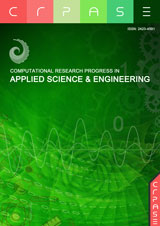


Public transportation plays an undeniable role in reducing congestion and air pollution in urban areas. This becomes especially critical for developing countries that are beginning to build these systems from the ground up. A variety of factors related to the population, their socioeconomic characteristics, and the broader environment should be considered to achieve project goals. Within this context, the Traffic and Transportation Agency of Rasht, Iran, intends to construct five subway stations along a proposed subway line for a planned future mass transit system in this city. This study aims to use geospatial analysis to determine the optimal subway station locations among a series of potential candidates which were recommended by the Traffic and Transportation Agency of Rasht. As such, different criteria based on the 2011 Rasht comprehensive transportation planning study and literature along with a GIS-based multi-criteria decision approach combined with an implementation of the Analytic Hierarchy Process (AHP) is used to select the best subway station locations. This approach can provide useful insights for the traffic and transportation agencies that are dealing with the site selection and urban planning problems specifically in the developing countries.